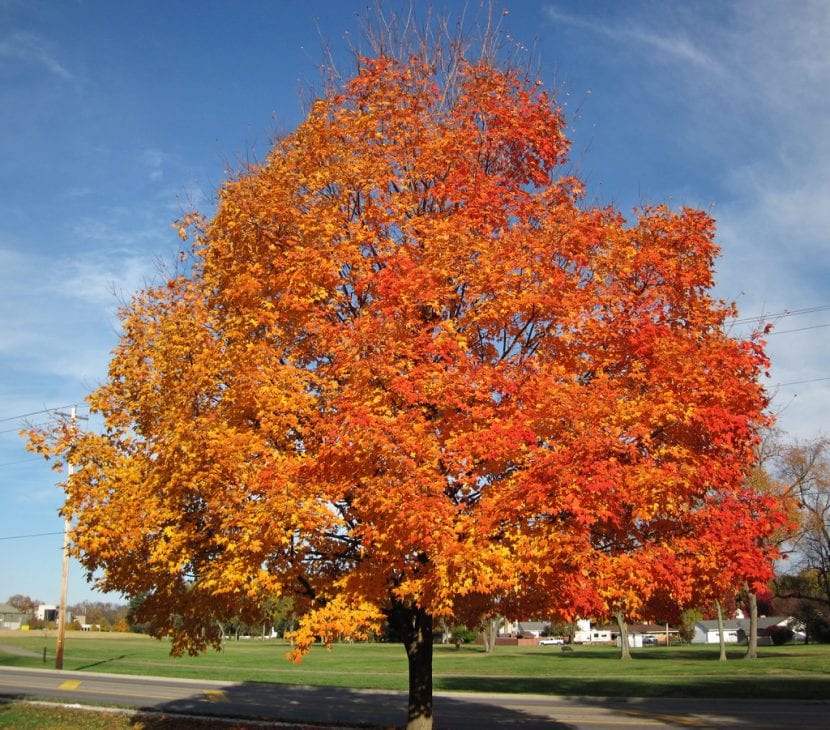
Acer
El maple tree It is one of the most striking: its webbed leaves are very decorative throughout the year, but especially in autumn when they change color, turning red, orange, yellow or purple.
In addition, gives an excellent shade, which is ideal for enjoying the outdoors in the hottest months. So if you want a beautiful plant that is easy to find in nurseries and relatively easy to care for, this may be the tree you are looking for. Why? For everything that we are going to tell you now.
Maple Characteristics
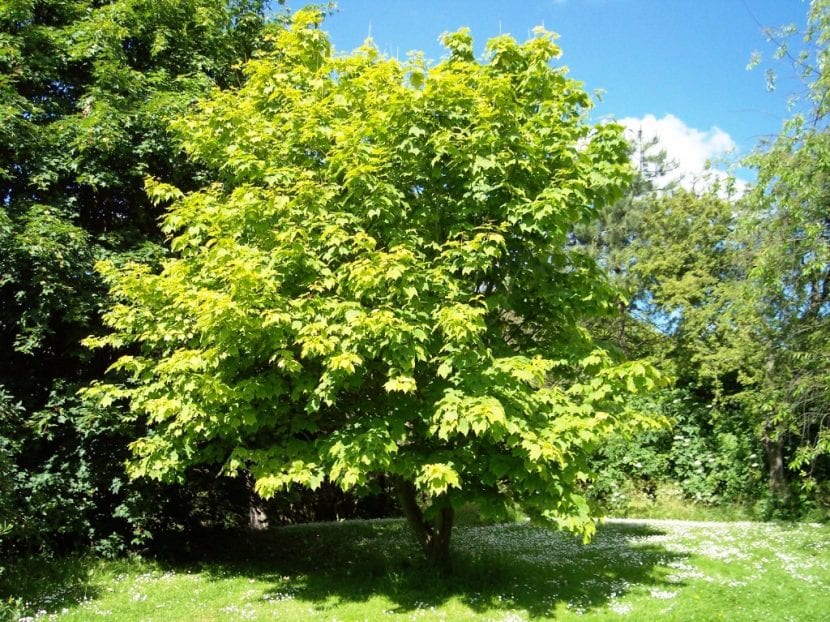
Acer pensylvanicum
The term maple, or maple in English, it refers to the 160 accepted species of the 600 that have been described belonging to the botanical family Sapindaceae, subfamily Hippocastanoideae. these amazing plants are mainly native to the temperate regions of the Northern Hemisphere, found in North America (United States and Canada), Europe and Southeast Asia. In Spain they grow naturally in the mountain ranges of the Iberian Peninsula, and you can find some acer opalus in the Sierra de Tramuntana (north of the island of Mallorca).
How is the maple leaf?
They are characterized by having opposite leaves, which are usually palmately lobed in most species, but there are also some that have them that are pinnately compound, palmately compounded, pinnately veined, and without lobes. They are expired, except those of the species Acer sempervirens, which can be perennial or semi-perennial. In addition, they often have magnificent autumn colors: red, orange, yellow, reddish purple; for this reason, maples are very decorative plants.
How is the fruit of the maple?
They are dioecious plants, that is, there are male feet and female feet. The flowers, which bloom in late winter or early spring, appear grouped in inflorescences in the form of a cluster, corymb or umbel. If they are pollinated, the fruits will begin to ripen, which are called samaras double or bi-samara which, when released, rotate moved by the wind.
These are characterized by having two seeds with a wing each that are joined by one side of what is the seed itself. The wing is fragile in the sense that it breaks easily with the hands, although they feel harder than, for example, paper or leaves.
What uses does it have?

Acer pensylvanicum
Our protagonist grown primarily as an ornamental plant and for shade. There are many species that grow to heights of 10 meters or more, such as the Acer pseudoplatanus (30 meters), the Acer platanoides (25-35 meters), or the Acer rubrum (20-30 meters), among others. The branches often grow more or less horizontal, so that the tree is adopting an oval or parasol shape.
But it also has other uses: wood is used to make musical instruments, and with the sap of Acer maple syrup is produced. Additionally, the maple leaf is a national symbol in Canada, and is depicted on its flag. And of course, it is very worked like bonsai.
How do you take care of yourself?
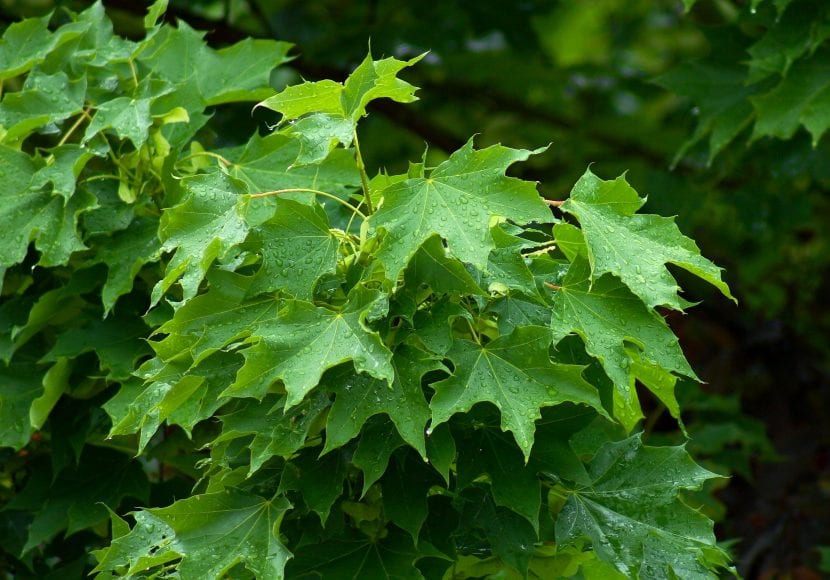
Acer platanoides
Having one of these trees in the garden is wonderful; However, in order for it to be perfectly healthy, it is very important that the following care is provided:
- Location: it must be outside, in semi-shade.
- Land: It must be fresh, loose, rich in organic matter and with good drainage. Most prefer acid soils, with a pH between 4 and 6, but there are some such as Acer saccharum, Acer campestre or acer opalus -one of the maples that we have in Spain- that can grow well in slightly limestone soils.
- Irrigation: very frequent, especially in summer. Generally, it will be watered three to four times a week in summer, and every 3-4 days the rest of the year.
- Subscriber: for it to grow better, it is advisable to fertilize it in spring and summer with organic powder fertilizers, such as chicken manure (if it is fresh, let it dry in the sun for at least a week to prevent the roots from burning), or goat manure once a month. Another option is to pay with guano that you can buy here.
- Pruning: it can be pruned at the end of winter, before the budding of the leaves. Dry, weak and diseased branches have to be removed, and it can also be used to shape it.
- Planting time: in spring, before the leaves sprout.
- Multiplication: by seeds, stratifying them in the refrigerator for three months and sowing them in the seedbed in spring, by cuttings in autumn or late winter, and by air layering in spring. Cultivars are multiplied by grafting.
- Rusticity: It depends on the species, but they usually withstand temperatures of -15ºC well. In case of doubt, ask us.
What are the most representative species?
To finish, we leave you with some photos of the most representative maple tree species:
- Acer palmatum
- country maple
- acer carpinifolium
- Acer platanoides 'Crimson King'
- Acer pensylvanicum
- Acer pseudoplatanus
- Acer
- acer opalus

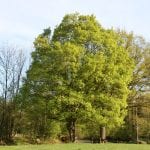
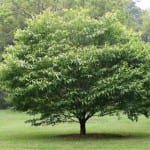

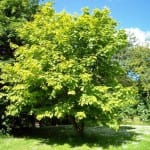
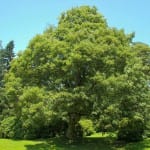
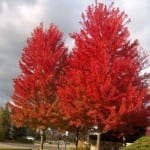
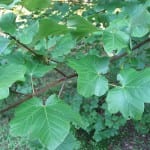
Is its plantation viable in the northern part of Mexico / South of the United States ???
I mainly liked what the Acer Rubrum is
Hi miguel.
You can try it with the Acer, which is the one that lives closest to Mexico. You will probably do well 🙂
A greeting.
Hello Miguel… Good afternoon, excuse me how it went with your maples, from which part of the Mexican Republic are you, I am from the state of Michoacán near the state of Michoacán and I will plant some, I have a climate that oscillates minimum temperatures minus 2 degrees and highs of 35 degrees in rainy summer. I would appreciate if you share your experience with me.
Very interesting and useful description of this beautiful tree.
Thank you!
Good afternoon, I want to place maple trees in Bolivia, the temperature of the place is in Cochabamba, which ranges from 5 degrees to 33 degrees. What do you recommend for the tree to adapt, or what kind of maple do you recommend for this climate. Thank you
Hello Roger.
With this climate they will not be good for you, since they need to be cold (with frosts) to be able to rest properly in winter.
A greeting.
Hello, good morning! I have a Canadian maple planted in my garden, but lately I have noticed that it is drying from the inside out (I don't know how to explain it). That is, its trunk is fine but what goes from the trunk to the outside is drying, but its tips and the outside are fine. I appreciate your comments.
Hello namesake 🙂
How long have you had it? Maples, all in general, want fertile and acid soils, and temperate to cold climates, especially in the face of autumn and winter.
Irrigation water must be rainwater, low in lime or, at least, suitable for human consumption. Calcareous water hurts them a lot, as it makes their leaves yellow, leaving the nerves green.
If everything is fine, I would recommend watering it about 3, maximum 4 times a week in summer, and about 2 a week the rest of the year. If there is a forecast of rain, do not water until the land is somewhat dry.
It would also be important to fertilize it with a fast-effective fertilizer, such as guano, which is natural.
If you have any further questions, ask.
Regards!
Hello, I would like to see if the Maple is suitable for Santiago del Estero, where temperatures in summer can reach 45º, and in winter 10º.
Thank you.
Hello, Marcelo.
Maple is a tree or shrub for temperate climates, with mild summers (maximum 30ºC) and cold winters with frosts and snowfalls (down to -18ºC).
In the area you mention it could not live, since at least in winter it must drop below 0 degrees. I have several in Mallorca, in a Mediterranean climate (maximums of 38ºC in summer and minimums of up to -2ºC) and during the summer season they do not have too much fun: the tips dry out, some leaves fall.
Therefore, I do not recommend them for that place.
Greetings.
I would like to plant some trees in a small garden (about 60m2) facing the sea (in the Mediterranean) with a lot of sun (southwest orientation), little rain and some wind. I am also concerned about the roots that could end up affecting pipes and walls.
I wish they had a lot of foliage to isolate from the outside.
Can anyone advise me which trees would be the most suitable?
Thank you very much.
CAN I SOW IT ON A BENCH AND THAT IT DOES NOT GROW MORE DSE 7 M? BECAUSE THERE IS A FEW CABLES OF LIGHT
Hello Heliodoro.
There are many varieties of maples. Which one are you interested in? A Japanese maple can be had in a large pot, but a fake banana it has to be on the ground for example.
Greetings.
Hello, how much to roots, are they great? damage pipes? Thank you
Hi, Diana.
No, you won't have a problem with maples 🙂